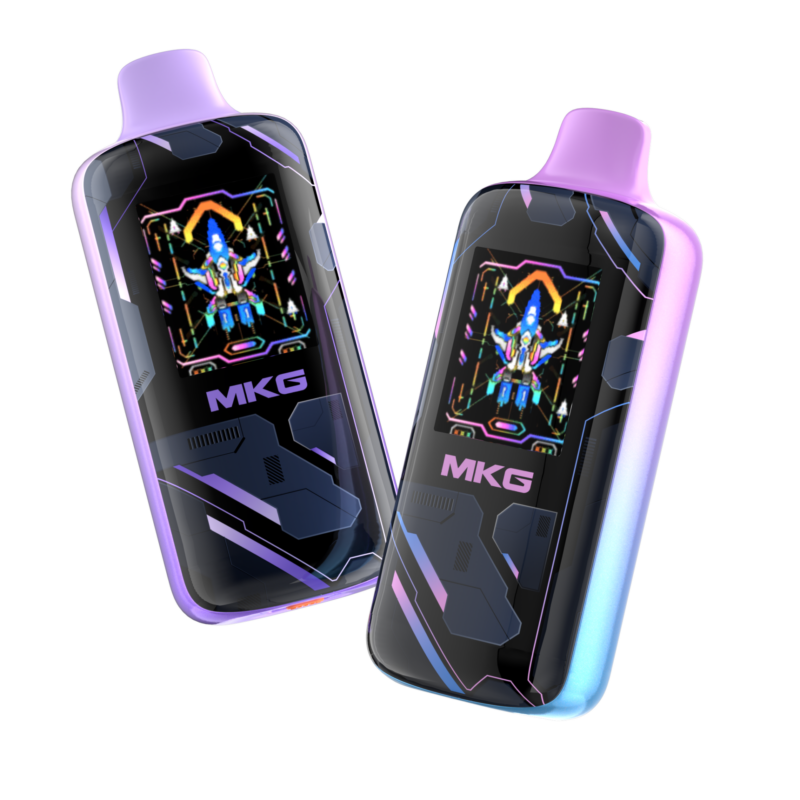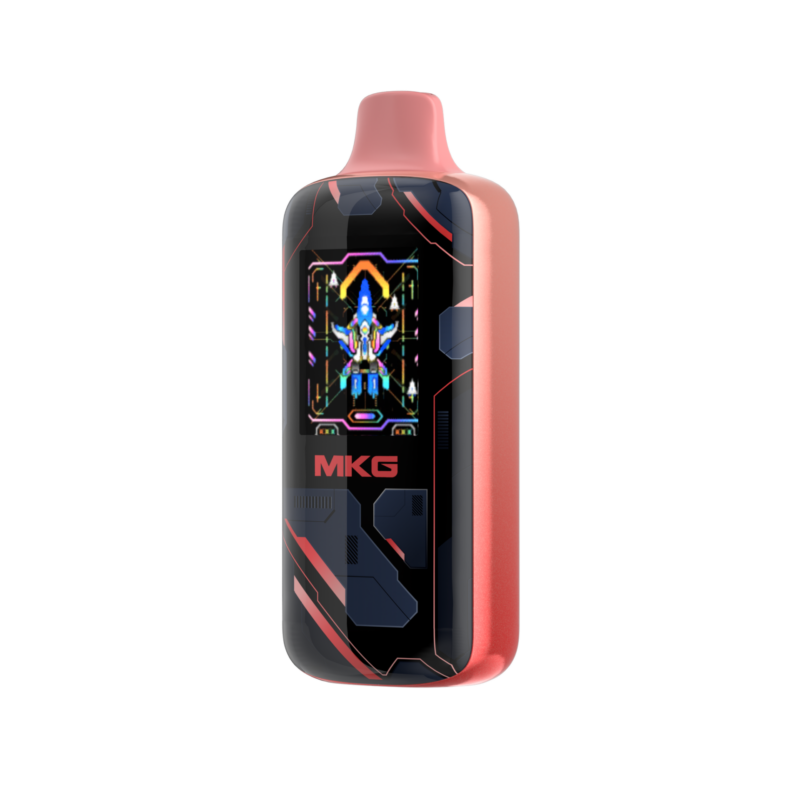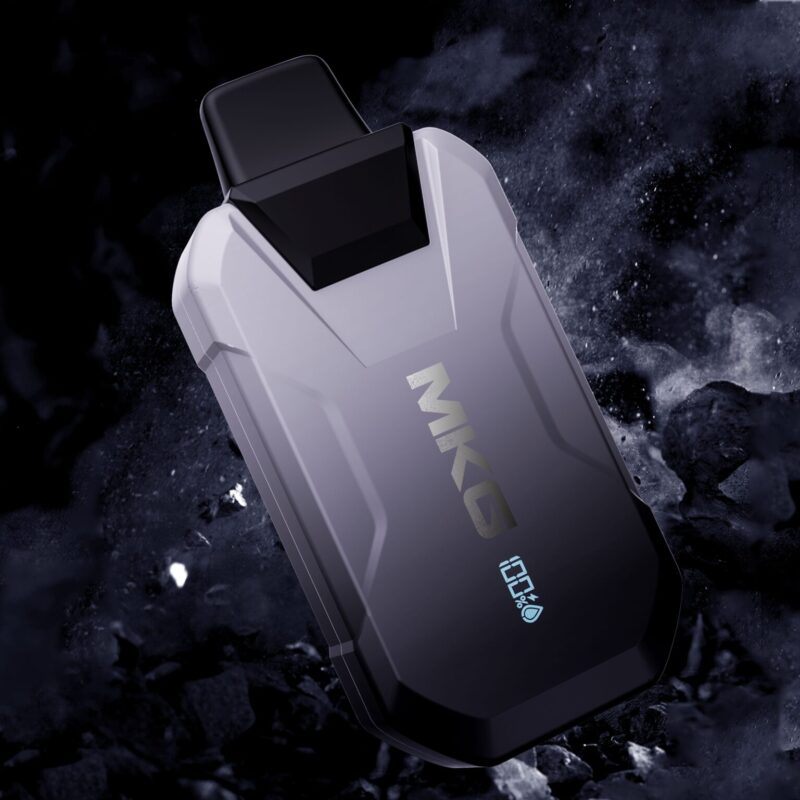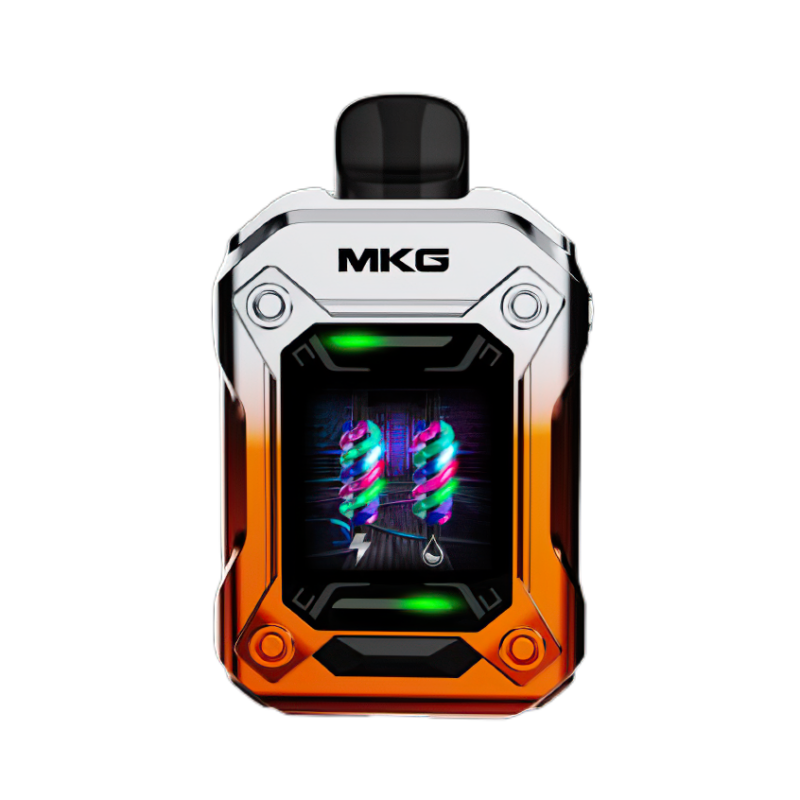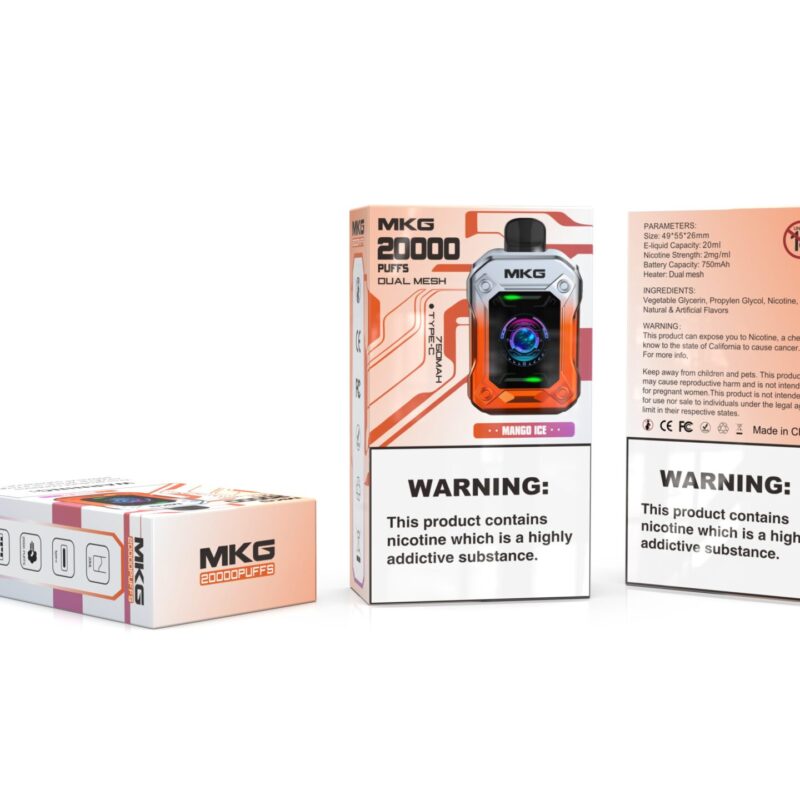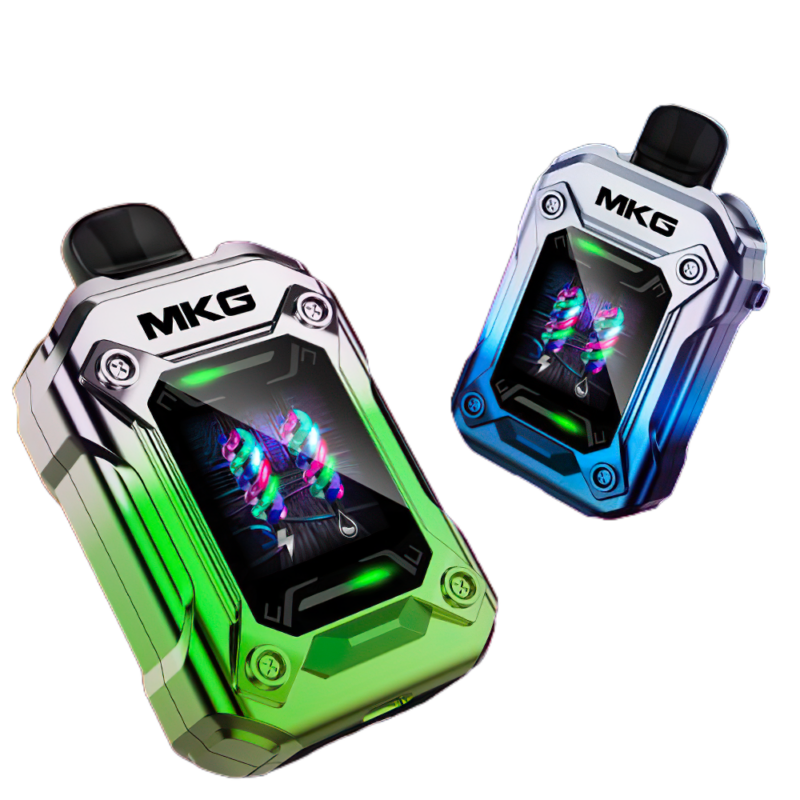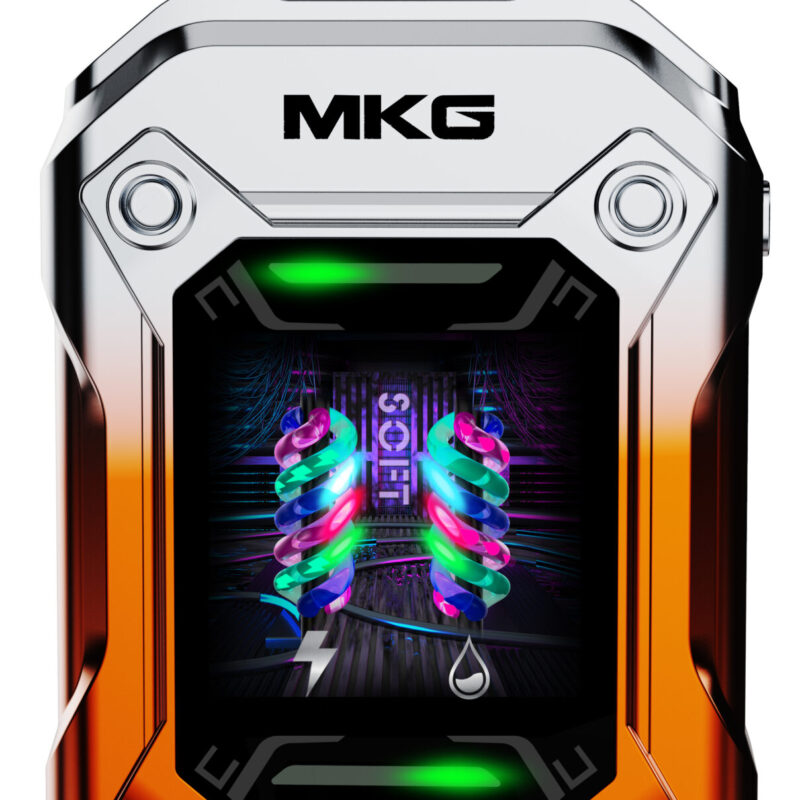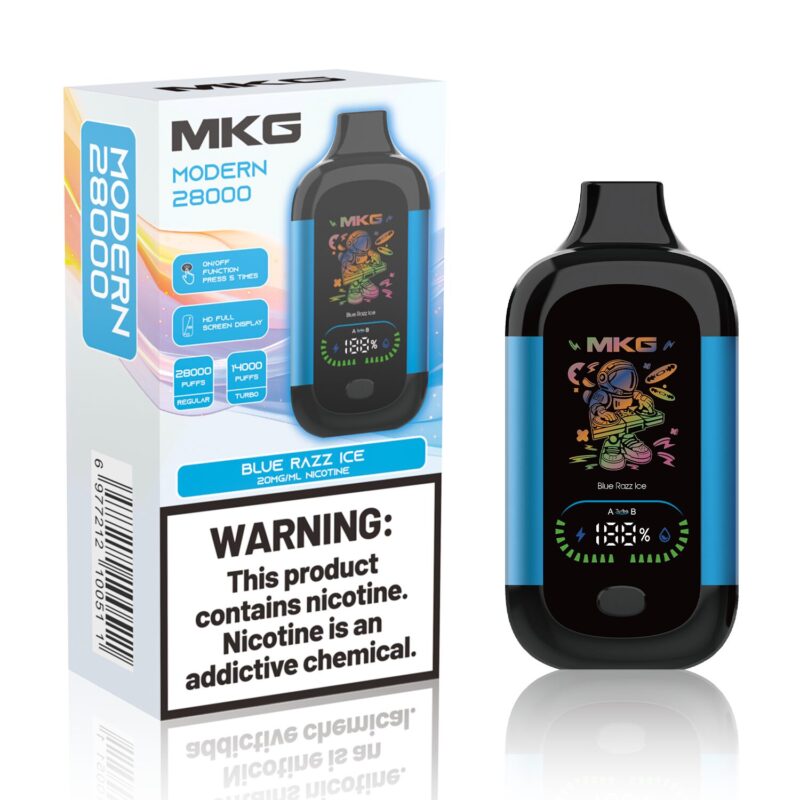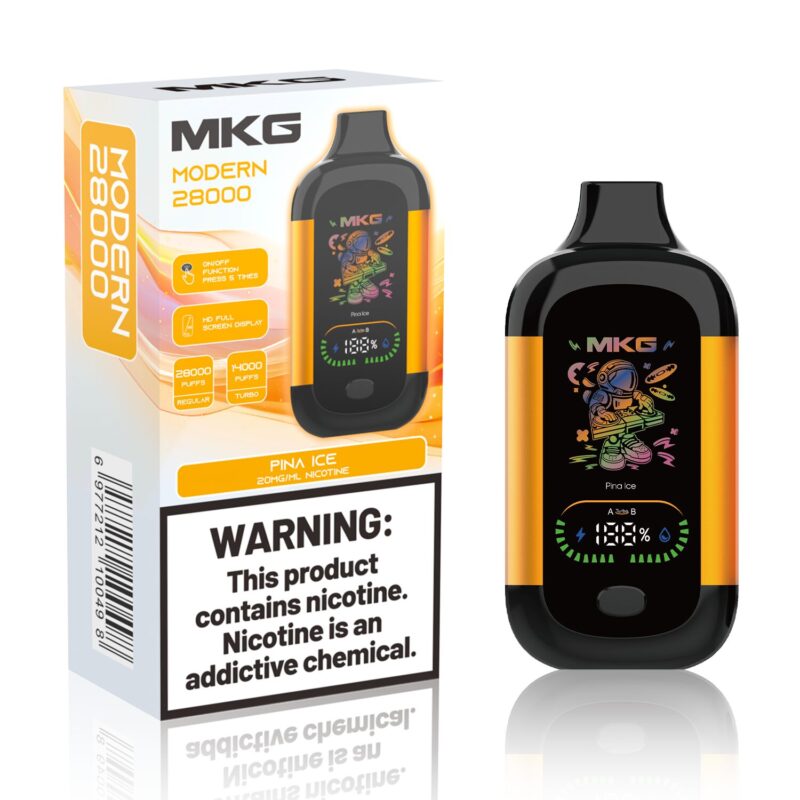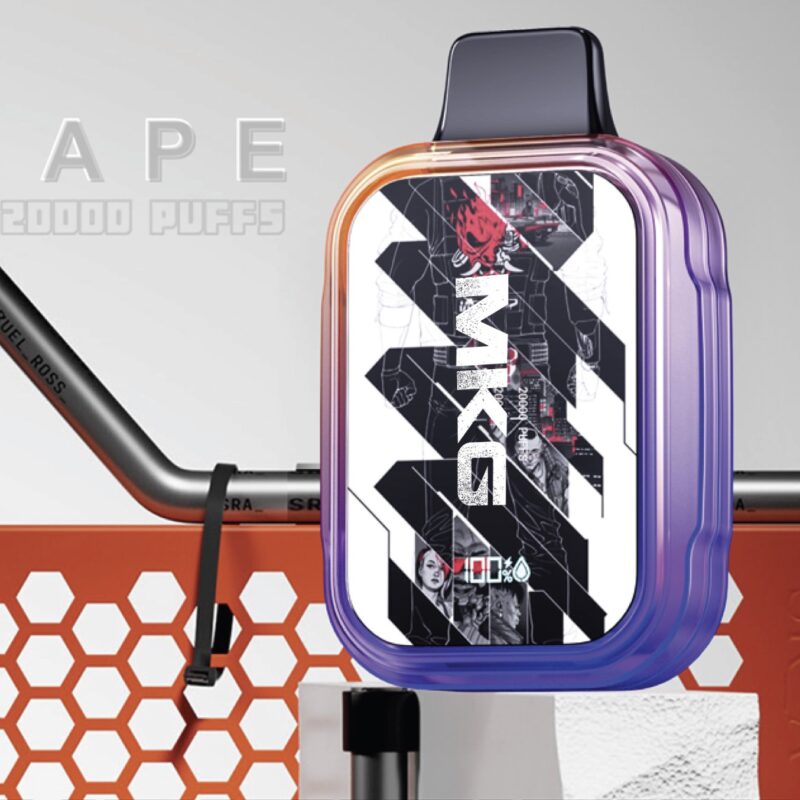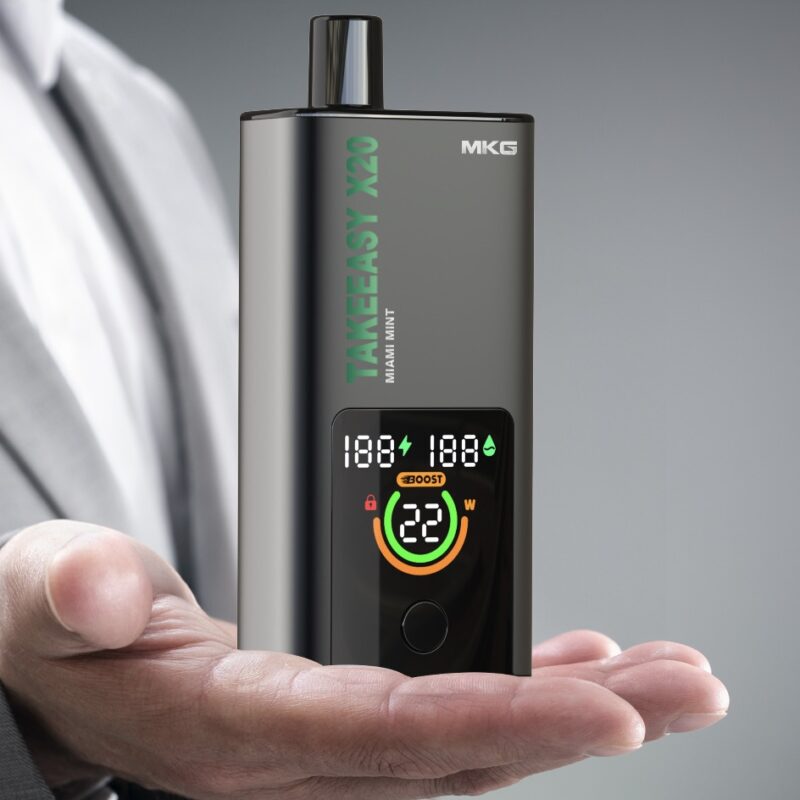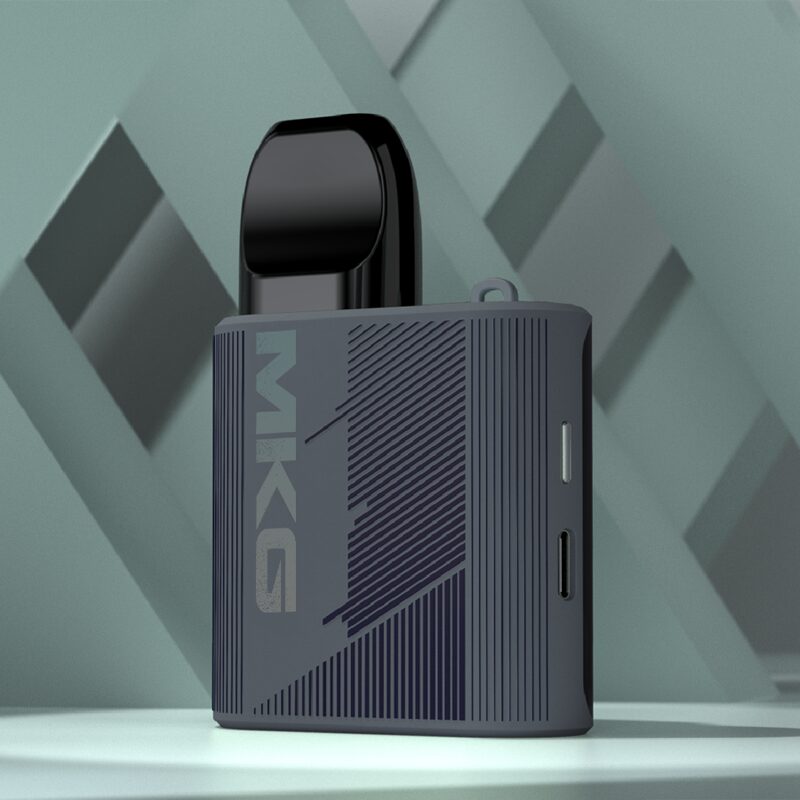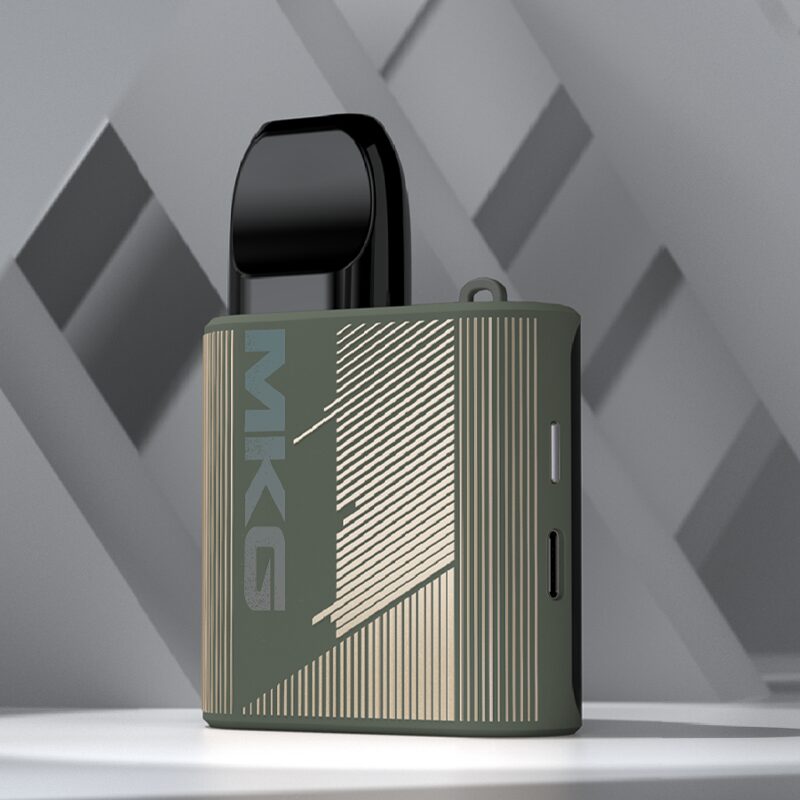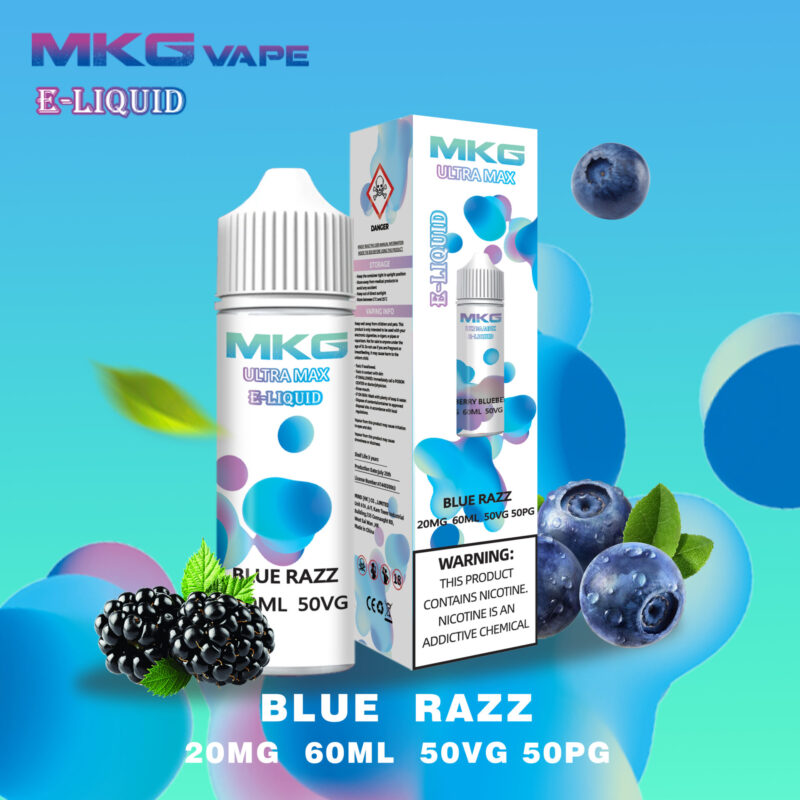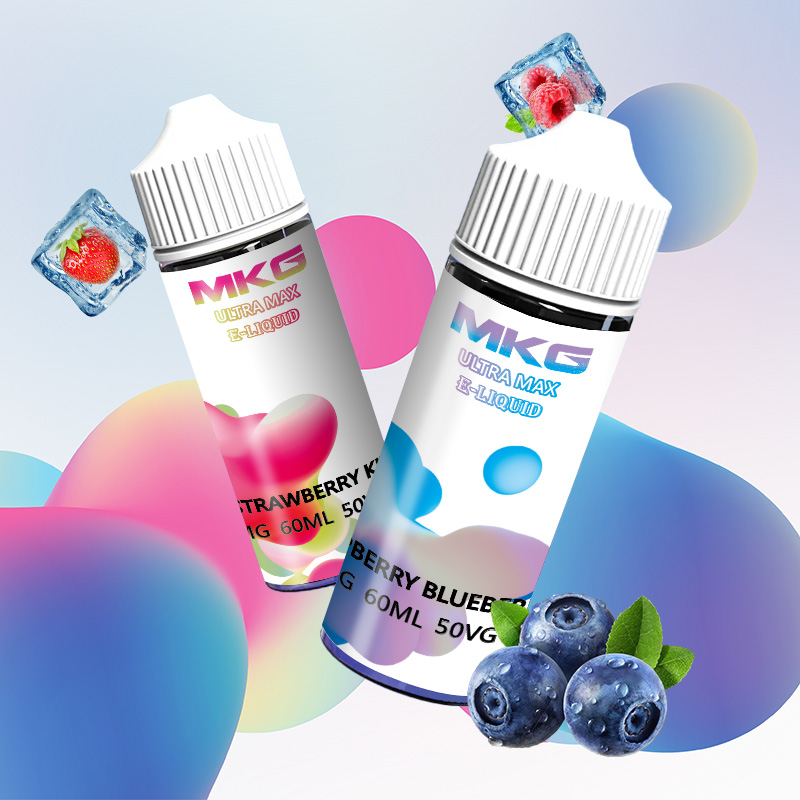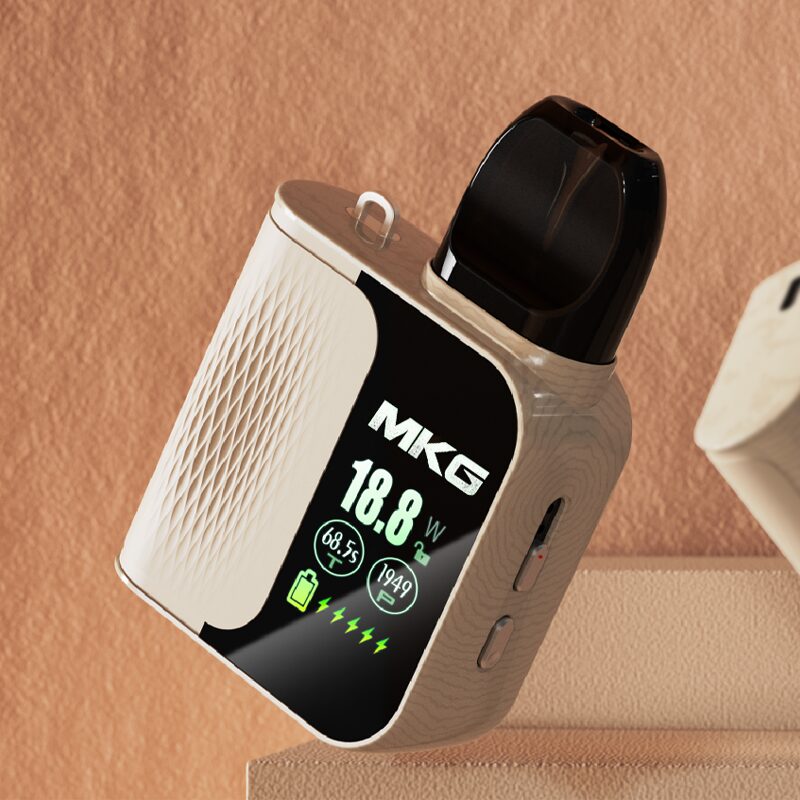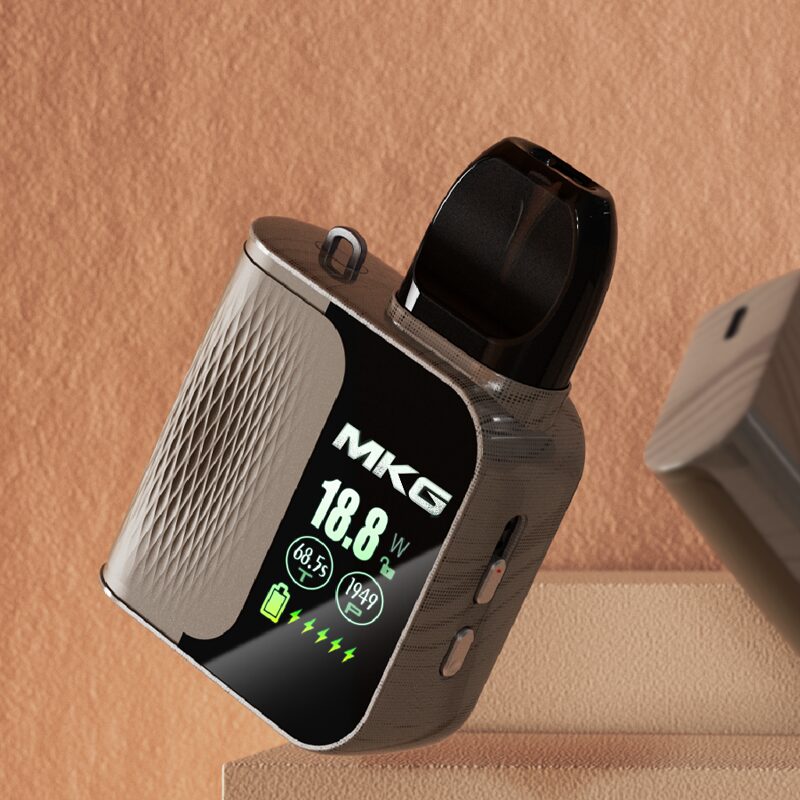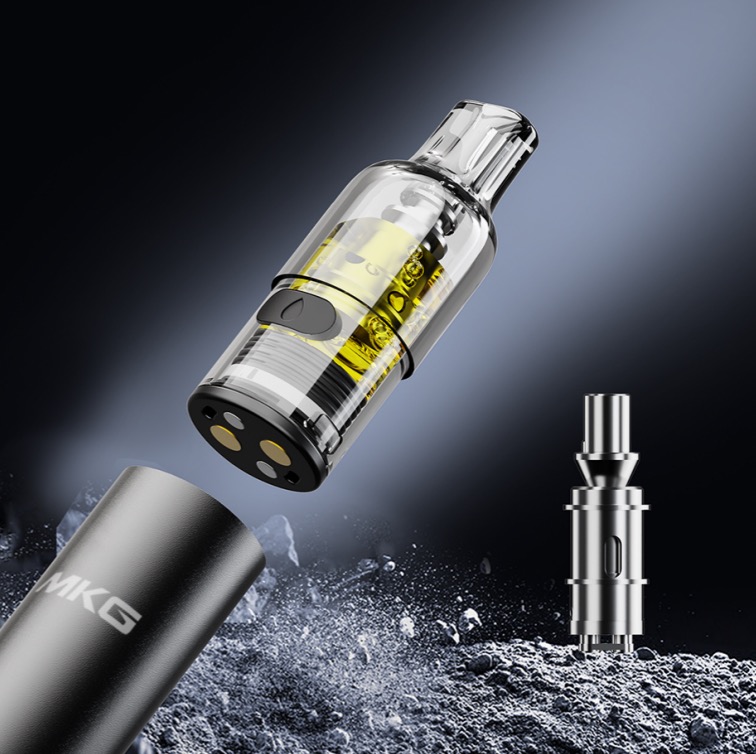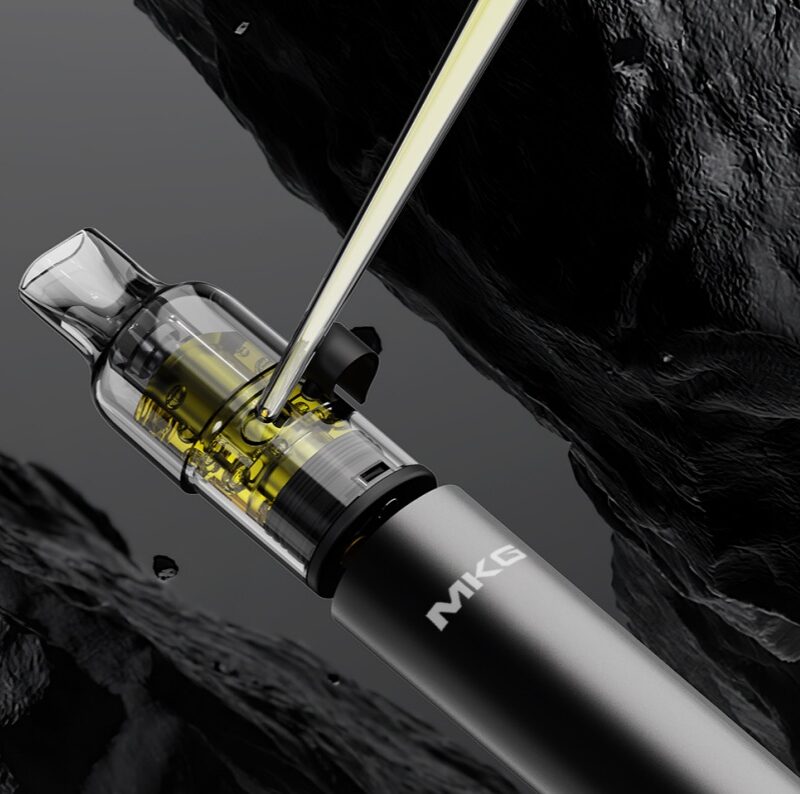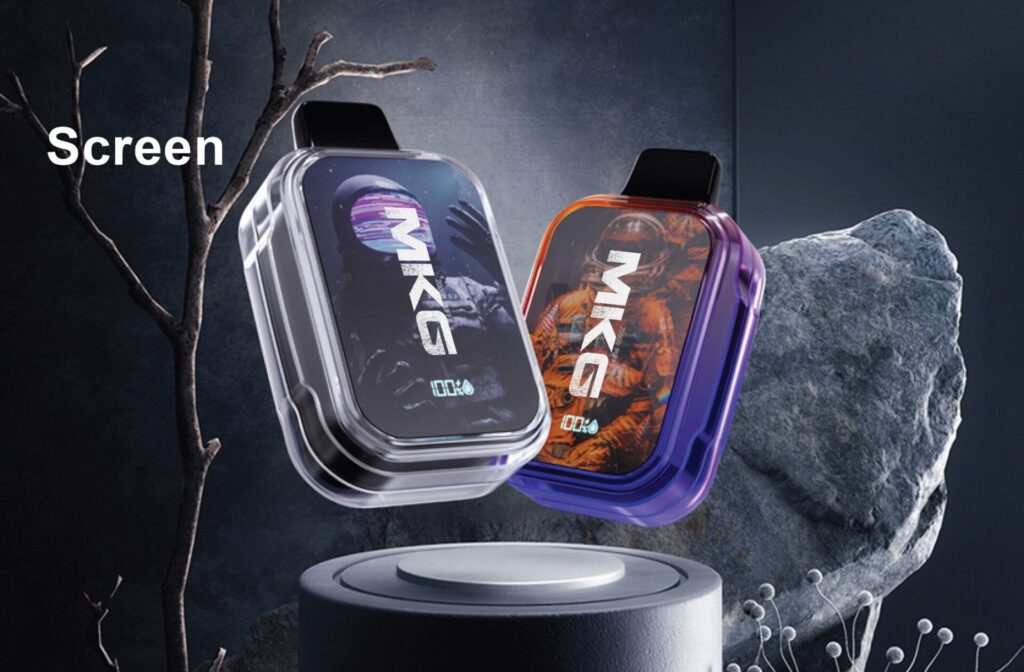As a kind of consumer electronics, e-cigarettes will greatly affect the user experience if oil and liquid leakage occur. As more and more mobile phone parts suppliers join the e-cigarette industry chain, they have brought many new design concepts.
The upgrade of the atomizer seat seal structure was inspired by the structure of the original waterproof parts of mobile phones.
The sealing structure of original electronic cigarettes is mostly a silicone sealing ring. Although this structure is simple and low-cost, the effect is also very unstable.
With the introduction of the liquid silicone integrated injection molding process (silica gel and plastic integrated molding), the sealing effect has been greatly improved and the problem of oil and liquid leakage in electronic cigarettes has been completely solved.
Below I will discuss two typical atomizer seat sealing structures, as shown in the figure below:

As can be seen from the picture above: the biggest difference between the two sealing solutions is that solution A does not have a crest (silica gel overall interference fit seal), while solution B uses a silica gel crest interference fit seal. Let’s analyze the advantages and disadvantages of the two options below.
Advantages of plan A:
The structure is simple and the mold is easy to process.
The structure is compact and takes up little space (the width of the silicone sealing surface is sufficient to be greater than 2MM).
The sealing and leak-proof effect is good.
Disadvantages of plan A:
The relevant matching dimensional accuracy requirements are very high, and the yield rate is difficult to guarantee in actual mass production.
Product assembly is difficult.
Due to the overall interference fit of silicone, the silicone has no compression space. Theoretically, the greater the interference, the better the sealing effect, but the more difficult it is to assemble the product (the easier it is to pop out). The interference amount is too small and the sealing effect is not good (generally set between 0.05 and 0.1).
It is easy to wear after repeated plugging and unplugging.
The overall interference fit area of silica gel is large, the rebound force is large, and the friction resistance is also large, so silica gel is easier to wear.
The sealing and leak-proof effect is unstable in high temperature or cold environments.
The expansion and shrinkage rates of silicone are much greater than that of plastic, and the size of silicone changes greatly. Since the interference is relatively small (0.05~0.1), the sealing effect is easy to fail in environments with large temperature differences.
The silicone has an overall interference fit, and the relative force between the silicone and the mating parts is relatively large. The elasticity of the silicone is easily fatigued under long-term pressure, leading to the risk of sealing failure.
Advantages of plan B:
The product is easy to assemble, and the sealing and leak-proof effect is sustained and stable.
Due to the crest structure, the contact area between the silicone crest and the mating parts is small, resulting in low friction resistance.
Due to the crest structure, the elastic compression space of the silicone is greatly increased, and the relative force between the silicone and the mating parts is also much smaller.
The relative force between the wavy structure silicone and the mating parts is small, and the friction resistance is small, which can greatly reduce the silicone wear caused by repeated plugging and unplugging.
The silicone elastic compression space of the wave crest structure is large, and the relative force with the mating parts is small, which greatly extends the elastic fatigue time of the silicone, and can achieve a long-term and stable sealing and leakage-proof effect.
The relative force between the crest structure silicone and the mating parts is small, so the interference amount can be appropriately increased (generally set between 0.20 and 0.45).
Due to the large amount of interference, the impact of silicone size changes caused by temperature differences can be greatly buffered, thereby greatly reducing the risk of sealing failure in environments with large temperature differences.
To sum up, Plan B almost perfectly solves all the shortcomings of Plan A, but Plan B itself also has shortcomings, mainly as follows:
The structure is relatively complex and the mold processing is difficult.
In order to achieve better sealing and leakage prevention effect, it is generally necessary to design more than two peak structures, so the silicone part takes up a large space.
Under high-intensity pressure (water depth pressure below 10 meters), the sealing effect is not as good as Plan A.
As can be seen from the above analysis, both options have their own advantages and disadvantages. But overall, the overall performance of Plan B is better than Plan A. In order to give full play to the advantages of option B, the specific structural size parameters are very important.
Let me share with you my personal experience value, as shown in the figure below:




